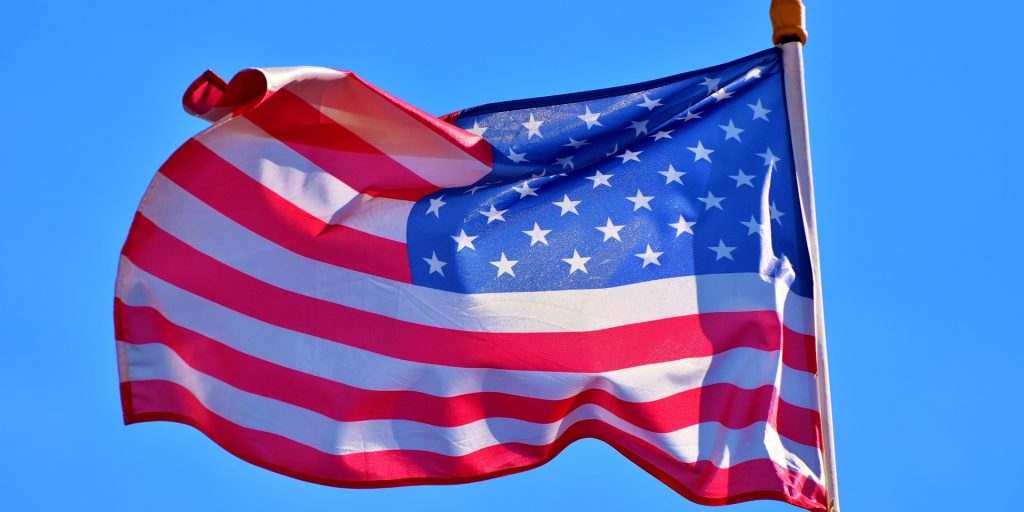With passage of PACT Act, veterans service officers are preparing for an influx in applicants
With the recent passage of legislation that expands medical access for veterans exposed to airborne toxins during their time in military service, county veterans service officers are preparing for an influx in applicants who were previously rejected. The Honoring our Promise to Address Comprehensive Toxics (PACT) Act, having passed the Senate after being struck down last week over funding concerns, is expected to be signed into law by Pres. Joe Biden next week.
Among other things, it extends the period of time veterans can get screened for benefits, codifies a new evaluation process, and removes the need for certain veterans and their survivors to prove service connection for 23 specific conditions. But while its passage comes as welcome news for many veterans in need of help, it also brings with it a challenge for county veterans offices, which act as a primary interface between government organizations and local vets.
“The PACT Act will help veterans access a range of service-connected federal benefits, a process facilitated by County Veterans Service Officers in 29 states,” said Matthew Chase, director of the National Association of Counties (NACo). “These officers are supported almost entirely by counties and local taxpayers, creating challenges for areas with high demand and counties serving veterans in rural areas.”
Ahead of Biden’s signature, veteran service organizations across the country are preparing for an influx in vets seeking assistance. Vets who previously had their claims denied will suddenly become eligible. Helping those looking to resubmit claims navigate the bureaucracy of the Department of Veterans Affairs and connecting with others who might not realize they’re now eligible is no small task.
“We’re going to get inundated here pretty soon,” said Timothy Niejadlik, director of the Upper Pioneer Valley Veterans’ Services in Greenfield, Mass. “We’re starting to develop some outreach, some of our press releases, to (connect with) some of the guys who were denied in the past.”
Along with the specific conditions that are now covered under the PACT Act, Niejadlik said he expects added locations included as “presumptive status” (for veterans applying for benefits with certain conditions), such as Thailand, will make a lot of veterans eligible who weren’t previously.
Given the anticipated challenges faced by service officers, NACo and other trade organizations have called on Congress to pass the Commitment to Veteran Support and Outreach (CVSO) Act, which would authorize the Department of Veterans Affairs to send $50 million over five years in federal funding to county veteran service agencies.
“I think that would help, definitely,” Niejadlik said. Along with increasing the organization’s ability to advertise and connect with veterans, “It would encourage more town VSOs (veteran service officers) to get the certifications they need so they could submit the claims directly to the VA. … That’s where the cost will be—getting the word out through press, and continuing to certify our guys.”
The money would be distributed to county organizations via competitive grants, to be used for outreach and other services. At-risk communities, such as those with a critical shortage of county or Tribal veterans service officers, those with high rates of suicide among veterans, and areas with a lot of referrals to the Veterans Crisis Line would be prioritized above all others.
“The CVSO Act would enable counties to serve more veterans, especially in underserved and under-resourced rural areas, and improve outcomes,” Chase said.
The bill has been submitted annually for approval to Congress over the past few years without success.
An information sheet about the legislation notes that County Veterans Service Officers “perform much of the VA’s legwork for filing claims in their regions with a modest number of approximately 1,700 accredited representatives throughout 36 states and two Native American Tribes.” Officers are responsible “for successfully processing nearly $43 billion in claims annually for direct compensation and pension benefits for veterans. If health care and other benefits are included, that number rises to nearly $86 billion.”




















